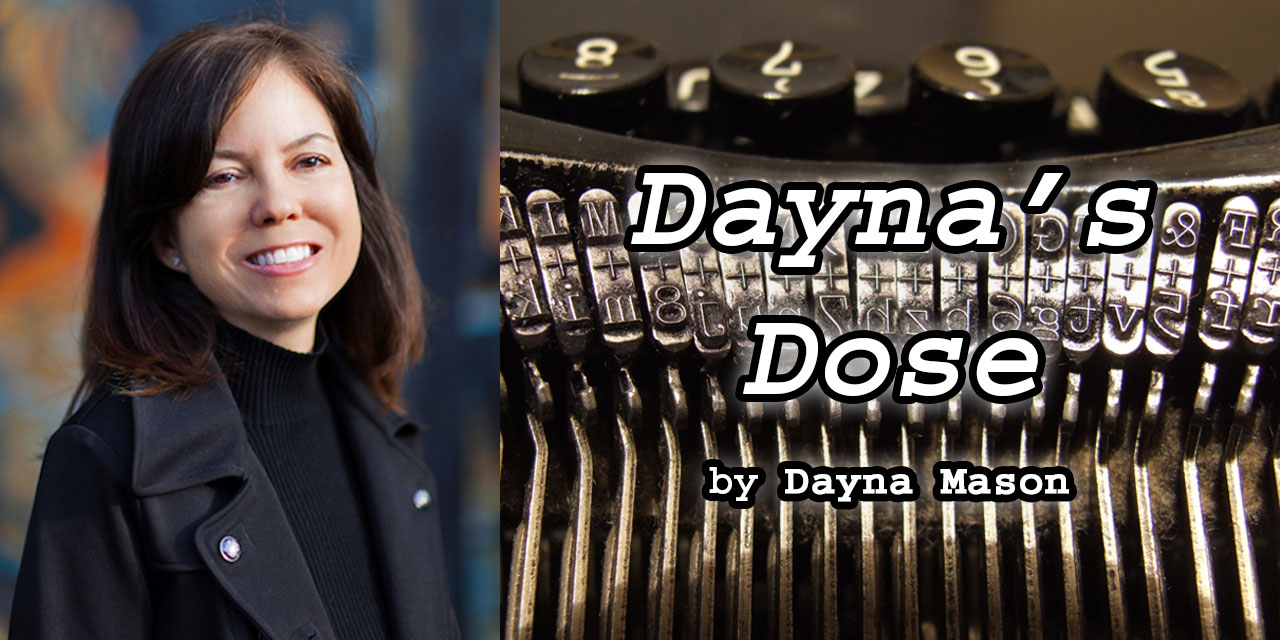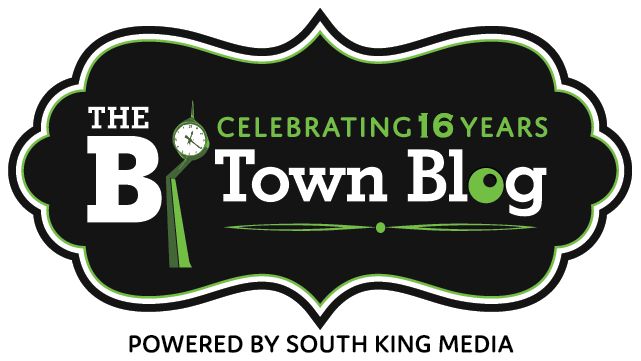By Dayna Mason
I admit that prior to being asked to write this article on the Coronavirus, I was a member of the “Oh, come on—it’s just the flu” bandwagon. And while I’m still not worried that I personally could die from the virus (I’m not in the high-risk group), I now understand why those who are responsible for the lives of all citizens are concerned. It’s a pandemic and needs to be taken seriously. The good news is that with a little effort COVID-19 is completely preventable.
What’s a pandemic?
A pandemic is a sustained and continuous transmission of a disease, simultaneously in more than three different geographical regions. Pandemic simply means “widespread” and has nothing to do with whether or not a disease is deadly.
Coronavirus perspective – the reality versus the hype
According to the Centers for Disease Control and Prevention (CDC) the top two causes of death in the United States are heart disease and cancer with 647,457 and 599,109 deaths in 2017 respectively. Influenza (the flu) accounted for 55,572 deaths that same year. As of this writing, COVID-19 (Coronavirus) has taken 85 lives in the US—and those deaths were not due to the virus itself, but due to Acute Respiratory Distress Syndrome (ARDS) or other complications which developed during illness.
Most cases of the virus are mild (in children the symptoms are so mild, the virus can go undetected) and most people who get it fully recover. People who are at a higher risk of serious illness due to the virus are older adults and those with chronic illnesses or compromised immune systems.
The primary difference between the flu and COVID-19 is that deaths from the flu are caused by pneumonia and other complications that develop after the flu has weakened our resistance. COVID-19 deaths are caused by ARDS. ARDS can progress quickly from pneumonia when already-damaged lungs fill with fluid, inhibiting breathing. Pneumonia can be treated with drugs. ARDS requires ventilators for treatment, which is why a potential shortage is dangerous.
Those at the highest risk of severe illness and death are not a small group. According to the CDC 60% of Americans (including the elderly) have at least one chronic illness. This is why containment is so important.
Prevention and containment
As of this writing, COVID-19 is not believed to be an airborne virus (transmission from person-to-person over long distances). Instead, viral droplets from coughing or sneezing don’t remain aloft long (approximately 6 feet) before they land. This is why it’s recommended to keep 6 feet of distance between you and others for containment. The virus can live on some surfaces up to 9 days and when people touch something a droplet has landed on and then touch their faces, they can become infected. This is why wiping down surfaces is so important.
According to the CDC, frequent handwashing with soap and water (preferred method over hand sanitizer) is the most effective way to avoid contagion. Elizabeth Scott, a hygiene expert and professor at Simmons University, “Handwashing with soap employs mechanical action that loosens bacteria and viruses from the skin, rinsing them into the drain.”
Keeping a safe distance from infected people, washing our hands, and wiping down surfaces all contribute to avoiding contagion.
Open a window or go for a walk
During the “Spanish Flu” pandemic of 1918 it was discovered that flu patients recovered better when treated outdoors than when indoors. The fresh air and sunlight were found to prevent infections and death.
In the 1960s biodefense research scientists discovered something they termed “open air factor” (OAF) to describe the germicidal component in outdoor air that reduces the survival of pathogens. They found outdoor air to be lethal to pathogens. Case studies following the 2003 severe acute respiratory syndrome (SARS) outbreak further supported this, indicating cross-ventilation was an effective way of controlling SARS infection in hospitals. Further studies with the influenza virus showed that OAF was toxic to it as well.
Sunlight also is germicidal. “Ultraviolet light can be a really powerful disinfectant and we get a lot of UVA light from the sun,” says Daniel Kuritzkes an infectious disease expert and professor at Harvard Medical School.
Research has shown that fresh air and sunlight are toxic to viruses. So, if we have to stay in our homes, let’s open a window. If not, let’s go for a walk outside where germs have a tougher time existing.
Stay calm and connected in spite of “social distancing”
It’s important to maintain human connection. Isolation can affect immune functioning, putting us at greater risk of illness. The need for “social distancing” (to keep a safe distance physically from others to prevent spread of illness) at this time doesn’t mean no connection. Fortunately, we live in a time when it’s easier than ever to connect with each other remotely. We can call, text, video chat, email or message on social media almost anyone anywhere in the world. We can reach out to others. Let them know we care. Staying connected helps alleviate fear. To further reduce anxiety, we can limit the amount of time we watch the news or read articles related to the pandemic.
We already live in a time when we’re reminded daily of the risk of premature death by cancer, heart disease, addiction, gun violence, car accidents, etc. COVID-19 is just one more way our lives could potentially be shortened so let’s not become consumed by fear.
In the essay On Living in an Atomic Age, C.S. Lewis reminds us that what’s important is not when or how we will die but what we’re doing in the meantime.
“This is the first point to be made: and the first action to be taken is to pull ourselves together. If we are all going to be destroyed by an atomic bomb, let that bomb when it comes find us doing sensible and human things—praying, working, teaching, reading, listening to music, bathing the children, playing tennis, chatting to our friends over a pint and a game of darts—not huddled together like frightened sheep and thinking about bombs. They may break our bodies (a microbe can do that) but they need not dominate our minds.”
We need to keep things in perspective and not allow fear to dominate our minds. We will get through this and may even grow as a community from the experience.
The Italian people recently displayed an inspirational example of the human spirit’s creative ability to stay connected and not live in fear. Even in “quarantine” they’ve found a way to commune by singing together from their balconies.
Italians sing from balconies during quarantine:
To advance to the next level in a video game—”level up”—gamers don’t worry about what will happen 5 levels ahead, they focus on what is in front of them right now. That’s a valuable life lesson. Let’s level up. Knowing what to do is half the battle. Equipped with knowledge we can take right action now that gets us to the next level.
So, let’s stay calm, do what needs to be done, and save some lives.
RESOURCES:
Note: Let’s help our local businesses. Shop local. Order for pick up or delivery from local restaurants and shops.
Most up-to-date information from the Centers for Disease Control and Prevention (CDC) & World Health Organization websites:
CDC: https://www.cdc.gov/coronavirus/2019-nCoV/
WHO: https://www.who.int/emergencies/diseases/novel-coronavirus-2019
COVID-19 up-to-date Statistics: https://www.arcgis.com/apps/opsdashboard/index.html#/bda7594740fd40299423467b48e9ecf6
HELPLINES
Nurses On-Call (816) 276-6405
Nurses On-Call is a health advice and physician referral service line that Research Medical Center provides to the public free of charge—a free nurse hotline for uninsured, insured, no insurance, etc. Reach a registered nurse 24 hours per day, 7 days per week.
CHI Franciscan – FREE Virtual Urgent Care Visits for Mild COVID-19 Symptoms
https://www.chifranciscan.org/patients-and-visitors/COVID-19.html
Suicide Prevention Lifeline
1-800-273-TALK (8255)
TTY: 1-800-799-4889
Website: www.suicidepreventionlifeline.org
Substance Abuse and Mental Health Services National Helpline
1-800-662-HELP (4357)
TTY: 1-800-487-4889
Website: www.samhsa.gov/find-help/national-helpline
Also known as, the Treatment Referral Routing Service, this Helpline provides 24-hour free and confidential treatment referral and information about mental and/or substance use disorders, prevention, and recovery in English and Spanish.
Disaster Distress Helpline
1-800-985-5990
Website: www.samhsa.gov/find-help/disaster-distress-helpline
Stress, anxiety, and other depression-like symptoms are common reactions after any natural or human-caused disaster. Call this toll-free number to be connected to the nearest crisis center for information, support, and counseling.
Washington State COVID-19 Response Resources
https://docs.google.com/spreadsheets/d/1TWccmfyJiZB7gK7IWEwN_vqP6Pvz5Onh64xKi3ukGIE/edit?usp=sharing
How to talk to your children about COVID-19
https://www.unicef.org/coronavirus/how-talk-your-child-about-coronavirus-COVID-19
Recovery Group Information
Recovery Group meetings info:
https://www.aa.org/assets/en_US/en_updatesoncoronavirus.pdf
Online AA meetings:
Online recovery group:
What the Coronavirus Does to the Body – The Infection Process
About Social Distancing
Things to Do
Virtual Museums:
Help for Small Business
SBA Disaster Assistance for Economic Injury – New federal legislation has opened up the possibility for small businesses to receive assistance for economic loss due to COVID-19. While details of eligibility and administration of this assistance are still being addressed by the SBA, here is some information about how the traditional SBA Economic Injury Disaster Loan (EIDL) program will apply for COVID-19.
-
- EIDL provides relief from economic injury caused directly by the disaster and permits the business to maintain a reasonable working capital position during the period affected by the disaster.
- The SBA provides EIDL assistance only to those businesses that SBA determines are unable to obtain credit elsewhere.
To be eligible for this assistance, a county must provide a minimum of five Economic Injury Worksheets, each representing at least one business demonstrating economic loss due to COVID-19. Please complete the downloadable form if your business has incurred economic loss and hardship due to COVID-19. Forms for businesses in King County should be sent to KC.ECC@kingcounty.gov. As a reminder, this is just a preliminary assessment to show need; once the SBA decides that relief is necessary and warranted, the businesses will need to apply for the program directly.
People Helping People in Seattle:
Don’t miss future articles by Dayna Mason. Subscribe to Dayna’s Dose weekly newsletter.
Subscribe: http://eepurl.com/glT0Cb
DAYNA’S DOSE IS NOW AVAILABLE ON PODCAST!
You can listen instead of reading the weekly articles. Listen to episodes and follow to get updates as more are added.
More info about Dayna here:
www.DaynaJo.com or at https://www.facebook.com/daynajoauthor/


